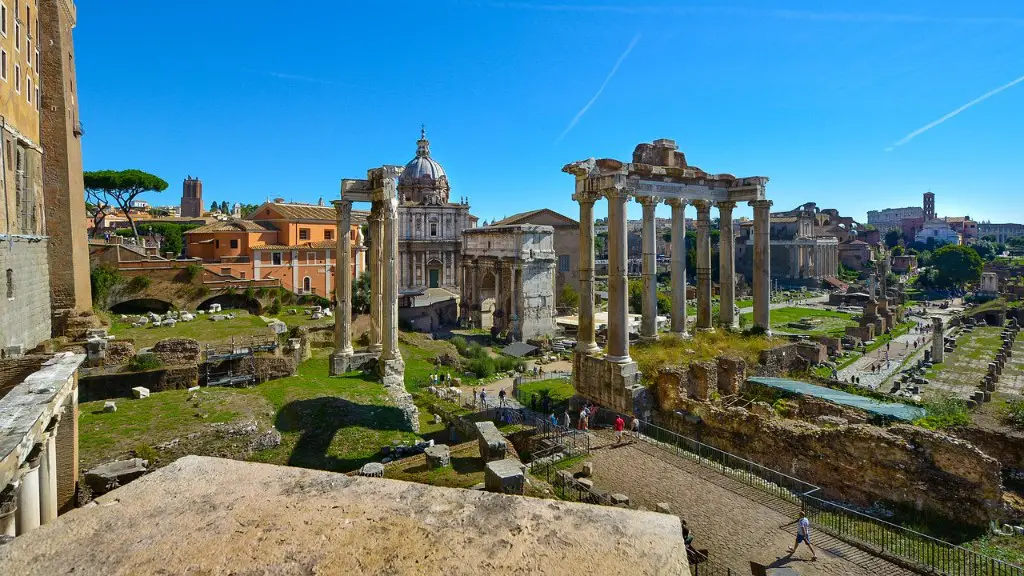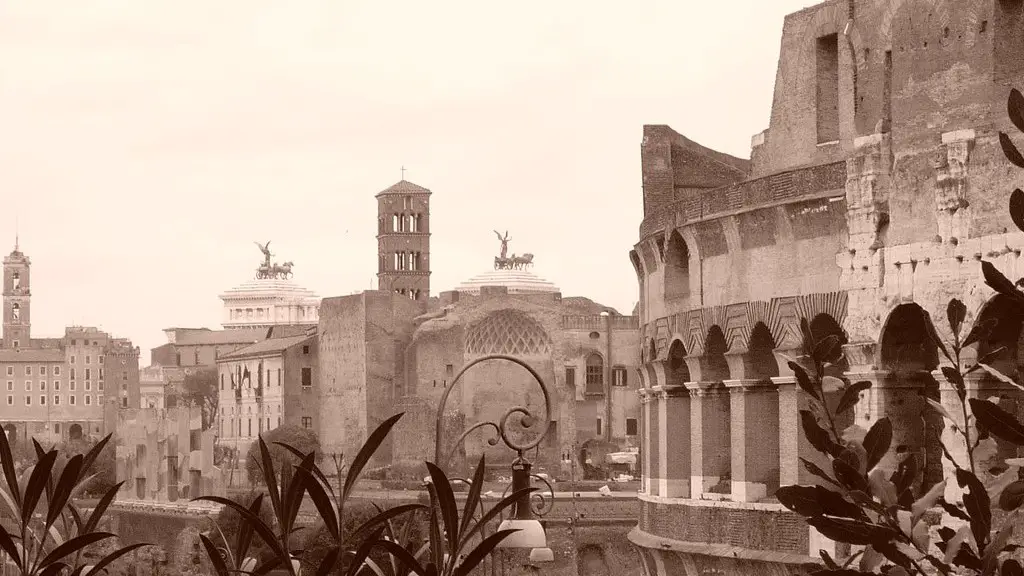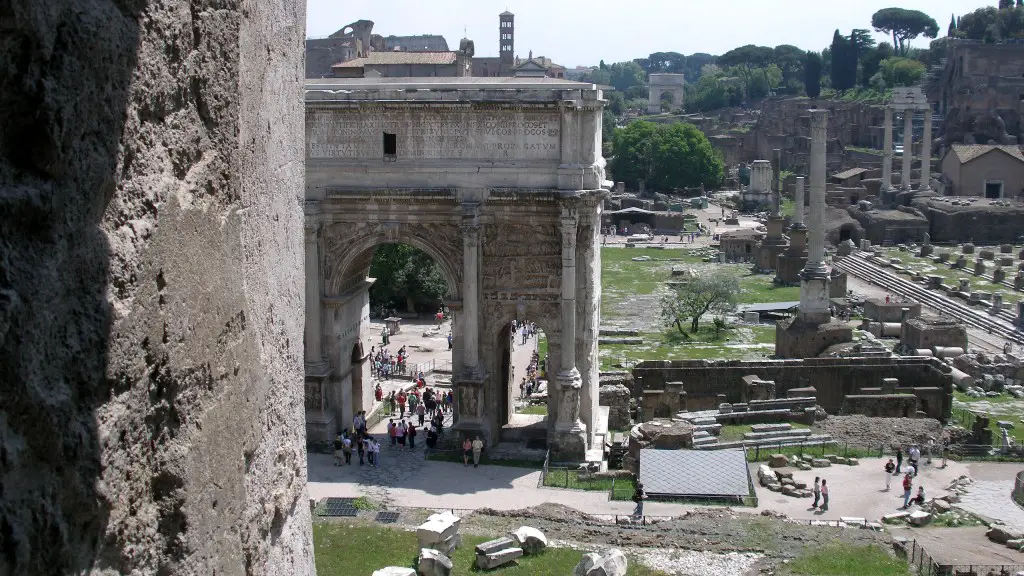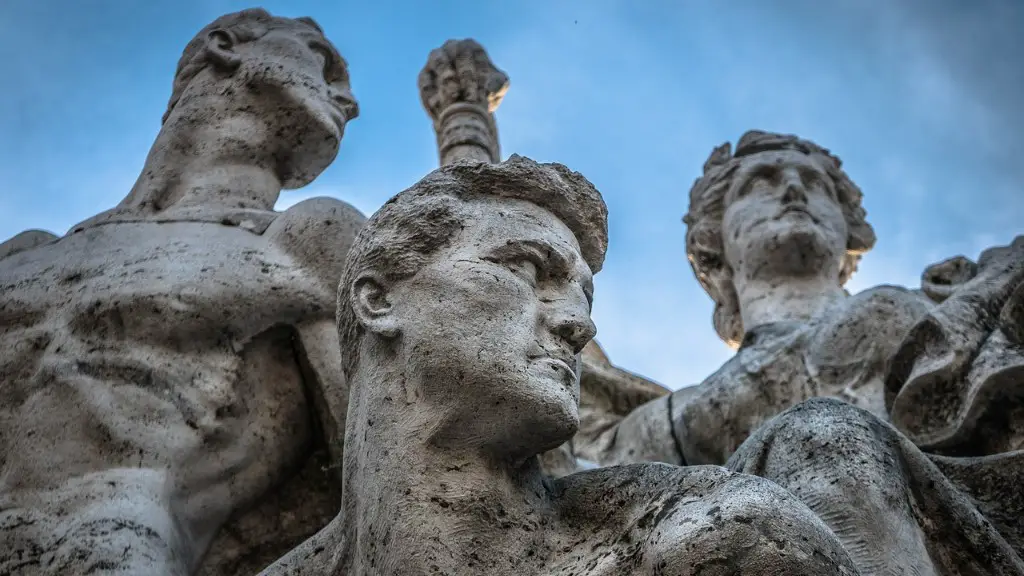Plebeians were the working class citizens of ancient Rome. They were farmers, artisans, and tradesmen. The wealthy elite citizens, known as patricians, dominated Roman society. Plebeians were not allowed to hold public office or marry into patrician families. Social tensions between the two groups led to the formation of the Roman Republic.
Plebeians were the common people of ancient Rome who were not members of the patrician class.
Were the plebeians rich or poor?
Plebeians were typically seen as belonging to a lower socio-economic class than their patrician counterparts. This was due to the fact that they often did not have the same access to education and other opportunities that patricians did. However, there were also poor patricians and rich plebeians by the late Republic. This shows that social class was not always determined by birth, but could also be based on other factors such as wealth.
A plebeian is a member of the general citizenry in ancient Rome as opposed to the privileged patrician class. The term comes from the Latin word plebs, which means the common people.
Were plebeians slaves
The Roman plebeians were the common working class of the republic and made up the majority of the population. They were free citizens who were not patricians or slaves. The plebeians were responsible for the majority of the work in the republic, including farming, manufacturing, and trade. They also served in the Roman army and provided most of the soldiers for the republic.
The plebeians were the working class of Rome who didn’t have many rights. The patricians were the upper class who owned the land and held all the government positions. The patricians made the laws and the plebeians had to follow them. This caused tension between the two classes.
What was the role of the plebeians?
Plebeians were the average working citizens of Rome. They were farmers, bakers, builders, or craftsmen who worked hard to support their families and pay their taxes.
The plebeians were the common people of Rome who did not have much power or rights. In 287 BCE, the plebeians gained the right to pass laws for all Roman citizens. This meant that the assemblies of all Roman citizens, such as the Citizens’ Association, could approve or reject laws. These plebeian assemblies also nominated the consuls, the tribunes, and the member of the Senate. This was a big step forward for the plebeians and gave them a lot more power and rights.
What power did the plebeians have?
The Conflict of the Orders was a struggle between the plebeians and the patricians for political power in Ancient Rome. After the conflict, the plebeians were allowed to participate in politics and gain political offices. However, the patricians still held most of the power in society.
The Plebeians were an important part of Roman society because they had a good work ethic. They became working citizens of Rome, which included farmers, builders, craftsmen, and common trades and professions. They made up the majority of the Roman population and were referred to as the common people.
What is the best definition of plebeian
The term “plebeian” is used to describe someone who is of the common people in ancient Rome. A plebeian was someone who was not of the nobility or upper class, and was therefore considered to be of a lower social status. The term can be used as a noun or an adjective, and is often used in a negative or derogatory way to describe someone who is considered to be of a lower class.
In Ancient Rome, the patricians were the upper class, while the plebeians were the lower class. The two groups were completely separated, with the patricians having far more privileges than the plebeians. For example, the patricians could marry whoever they wanted, while the plebeians could only marry people from their own social class.
Who protected the plebeians?
The Tribunes were a group of elected officials in Ancient Rome who served as protectors of the interests of the plebeians against the patricians. The Tribunes were first elected in 457 BC, and served as an important check on the power of the patricians. Over time, the number of Tribunes increased, and by the late Republic, there were 10 Tribunes serving at any given time. The Tribunes were a key part of the checks and balances in Roman society, and helped to ensure that the interests of the plebeians were represented.
Most slaves were people captured in times of war. As the Roman Empire expanded, they often captured slaves from new lands they conquered. Other slaves were bought from slave traders and pirates who captured people from foreign lands and brought them to Rome. Children of slaves also became slaves.
The class structure in ancient Rome was very formal and official. Records of each class were kept, and being wealthy was often not enough to move up through the classes. There were three basic divisions in Roman society: citizens, noncitizens and slaves. Slaves were the lowest class, and they had no rights. Citizens were the highest class, and they had all the rights. Noncitizens were in the middle, and they had some rights.
Caesar was a great leader who helped improve the lives of the plebeians. He created jobs for them and redistributed some of the land owned by the patricians. This helped level the playing field and made it fairer for everyone.
What were upper class Romans called?
Patrician status was a social rank in early Roman society. Patricians were considered the upper-class and controlled the best land. They also made up the majority of the Roman senate.
Plebeians were unhappy with the way that society was set up because it gave them less access to wealth and political power. The government was set up in a way that favored the patricians, which made the plebeians even more unhappy.
Final Words
Plebeians were Roman citizens who were not members of the patrician class. They typically worked as farmers, artisans, and tradesmen, and were also soldiers in the Roman army.
The plebeians in ancient Rome were the common people of the city and surrounding areas. They were the laborers, farmers, and artisans who contributed to society but did not have the same social status or power as the patricians. Over time, the plebeians gained more rights and power, and eventually,became the majority of the Roman population.




